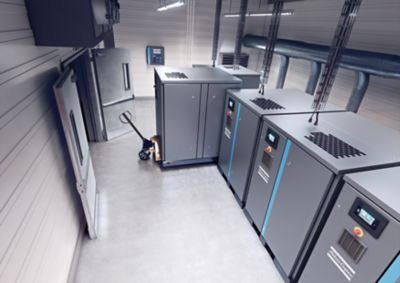The difference between gauge pressure and absolute pressure
Deciding whether you need to measure gauge pressure or absolute pressure is important. If you choose the wrong reference your measurements could be off by 1 bar which can be a significant error depending on the situation
Gauge pressure
Gauge pressure is the most commonly used pressure reference because it uses the atmospheric pressure as a base value and any type of chamber will equalize with the pressure in the atmosphere when vented. This means that it is not necessary to subtract the atmospheric pressure to measure the change in pressure, which makes it the natural reference point for the majority of processes and test procedures. Gauge pressure, also called effective pressure, is generally signified by barg and psig (or bare and psie).
Absolute pressure
Absolute pressure is less used as a pressure reference because it will always be referred to a perfect vacuum or zero pressure. That is why the applications where absolute pressure is used as a measurement are often more specialized. Absolute pressure is commonly signified by bara or psia.
When to measure what?

